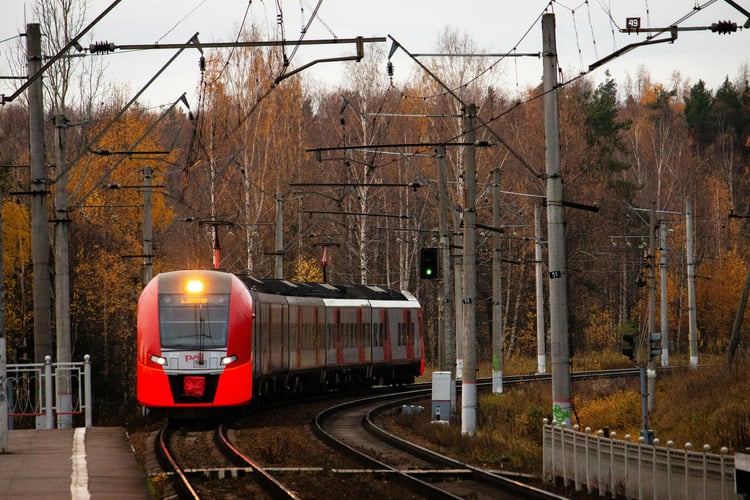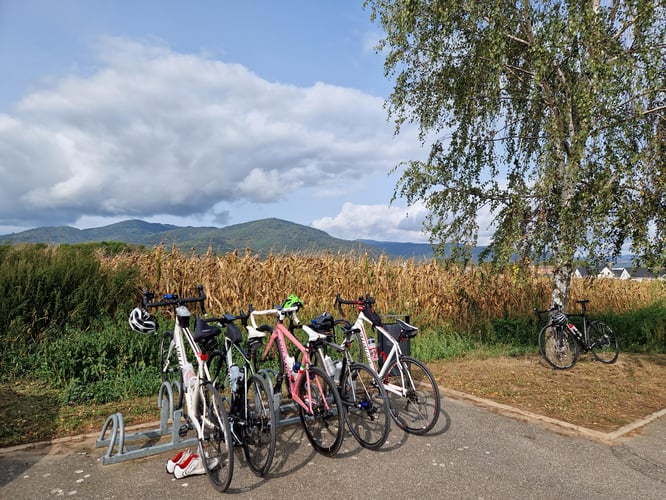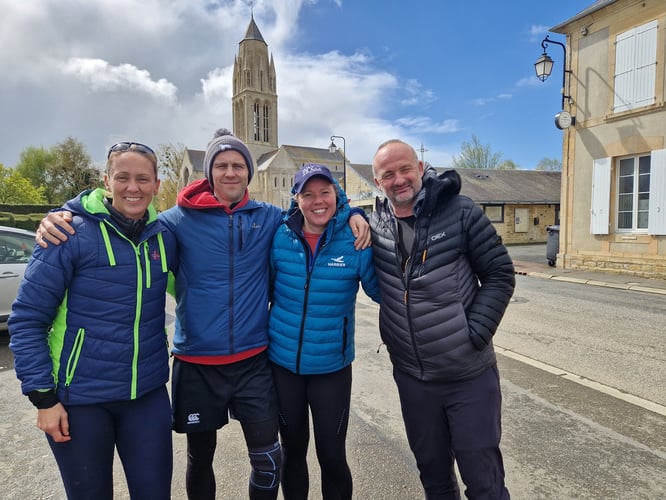How To Cycle The Western Front Way?
Team Blind Dave completed the historic 1000km cycling journey  along the Western Front Way in seven days, with Dave setting two pioneering milestones as the first visually impaired individual to accomplish this and on a tandem bicycle. The group encountered challenging terrains and adverse weather conditions, that tested their endurance and determination.
along the Western Front Way in seven days, with Dave setting two pioneering milestones as the first visually impaired individual to accomplish this and on a tandem bicycle. The group encountered challenging terrains and adverse weather conditions, that tested their endurance and determination.
"The question on everyone's lips at the end of everyday was 'Why'?" Dave tells CEO Rory Forsyth on a debrief call, referring to those events between 1914-18. A team mate exclaimed "(The WFW) was the greatest thing he'd ever done in his life". He is 71 years old. It's a superb achievement.
In a time when global conflicts and climate 'anxiety' casts a long shadow on all generations, many are turning to trails like the Western Front Way in search of introspection, inspiration and understanding.
"No matter who I talk to, wherever I talk to them, nobody will understand it unless they go and do it" - Blind Dave Heeley.
It's a challenge, it's an adventure and it can be deeply personal. Unlike traditional pilgrimage trails, this journey is not bound by religious conventions but rather coming to terms with human nature, courage, pivotal decisions, and bravery.
So what does it take to cycle a trail like the Western Front Way?
5 Tips to Prepare for Your Cycling Trip Along the Western Front Way
Plan and Research Your Route: Take the time to understand the Waytrails app and the WFW trail. Understand your route meticulously. Familiarise yourself with checkpoints, key points of interest, terrain characteristics, and any specific challenges or highlights along the way to set realistic expectations for your journey.
Invest in Essential Gear: Waytrails are fun, adventure challenges. Having the right gear is crucial to tackle varying terrains and weather conditions and maintain the fun! Invest in a bike suitable for you and the trail, lightweight gear tailored to your needs, and essentials like navigational tools, and bike repair kits.
Use Our Trail Resources: Check the Waytrails  accommodation and amenities section in the app. We locate essentials such as food, water and lodging options. The WFW trail follows as close as possible the Front Line where villages have seen a drain on small businesses such as bakeries and B&Bs. Knowing where your next meal or shelter is is key. And Ask the Team! We are here to help.
accommodation and amenities section in the app. We locate essentials such as food, water and lodging options. The WFW trail follows as close as possible the Front Line where villages have seen a drain on small businesses such as bakeries and B&Bs. Knowing where your next meal or shelter is is key. And Ask the Team! We are here to help.
Train and Build Your Endurance: If cycling is not what you normally do, incorporate regular cycling sessions, strength training, and cardio workouts to build fitness levels and prepare your body. The WFW can involve long hours of cycling so it's essential to prepare your body physically. The Vosges are steep
Travelling with your bike: You can use our resource on how to travel in Europe with your bicycle. Our recent podcast with Ross Richardson. Ross cycled from to Albert by bicycle to understand more about the First World War. Both these resources can be helpful.
If you're inspired by Team Blind Dave's extraordinary achievement can still contribute to their JustGiving page.

Photo credit: BBC



